
Using Finance to Protect and Enhance Biodiversity While Simultaneously Sequestering Carbon
A Chat with Ralph Chami
Recommendation
Employers are concerned about the 2021 post-COVID “great resignation.” But nobody seems to be talking about what would happen if the most vital, least compensated workforce on the planet ever disappeared. In this episode of the Climate 21 podcast, host Tom Raftery and IMF economist Ralph Chami discuss conservation for the financial crowd, making an intriguing case for assigning monetary value to the ecological and environmental services provided by whales, phytoplankton, seagrass, mangroves and other living organisms. This eye-opening approach to addressing climate change could alter the way you see the natural world.
Summary
About the Podcast
Ralph Chami is a financial economist and an assistant director at the International Monetary Fund. Tom Raftery is the host of the Climate 21 podcast and a global vice president for the enterprise software company SAP.


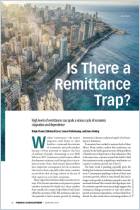
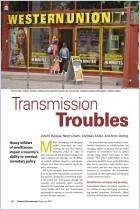
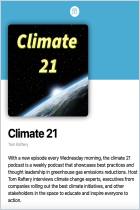
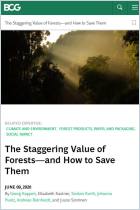
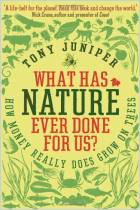
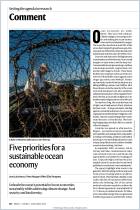

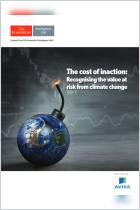

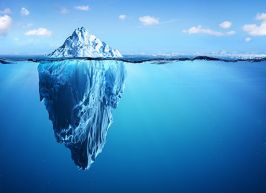

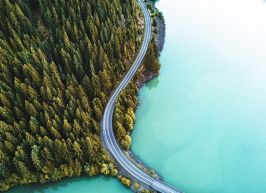



Comment on this summary